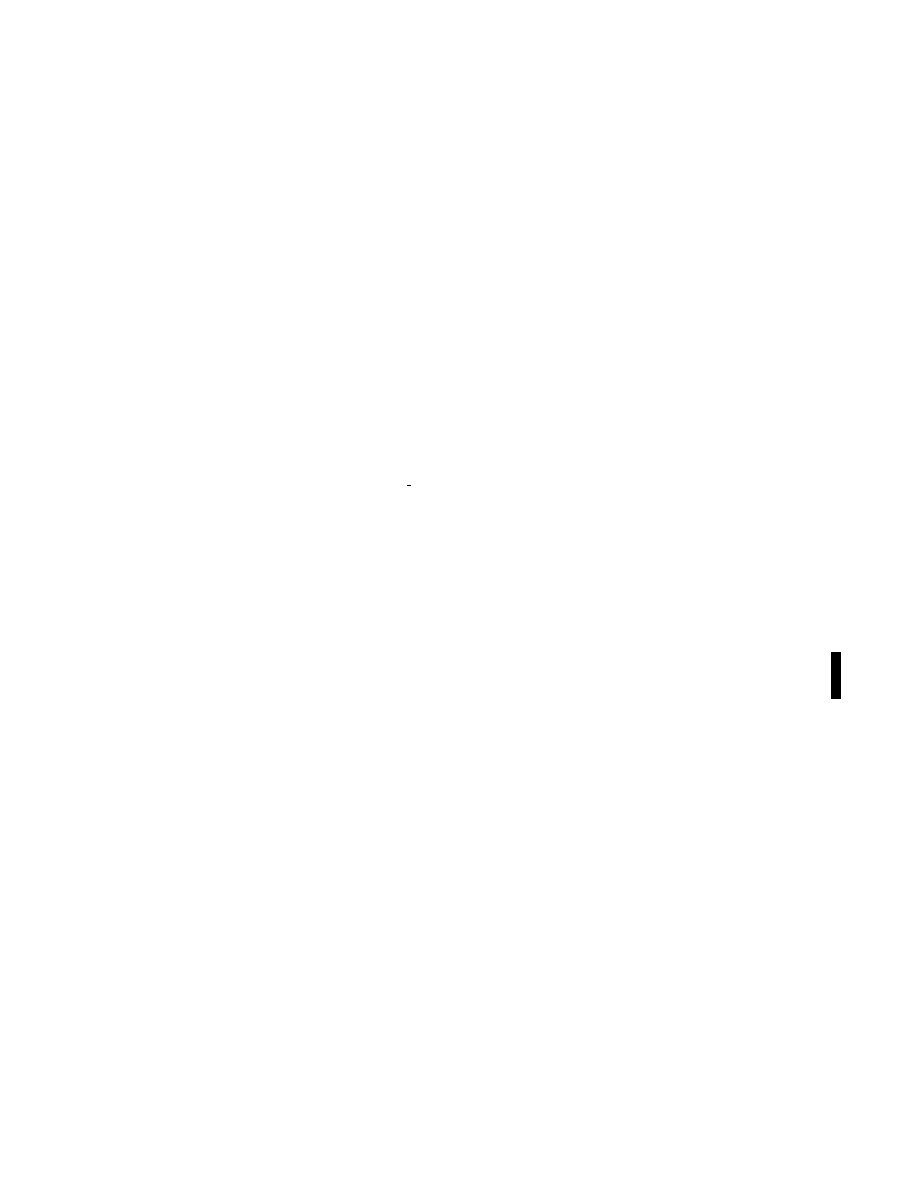
4/20/23
AIM
(f)
Transponder and ADS
−
B Out requirements do not apply to any aircraft that was not originally
certificated with an electrical system, or that has not subsequently been certified with such a system installed,
including balloons and gliders. These aircraft may conduct operations without a transponder or ADS
−
B Out
when operating:
(1)
Outside any Class B or Class C airspace area; and
(2)
Below the altitude of the ceiling of a Class B or Class C airspace area designated for an airport, or
10,000 feet MSL, whichever is lower.
3.
14 CFR Section 99.13 requires all aircraft flying into, within, or across the contiguous U.S. ADIZ be
equipped with a Mode C or Mode S transponder. Balloons, gliders and aircraft not equipped with an
engine
−
driven electrical system are excepted from this requirement.
REFERENCE
−
AIM, Chapter 5, Section 6, National Security and Interception Procedures.
4.
Pilots must ensure that their aircraft transponder/ADS
−
B is operating on an appropriate ATC
−
assigned
VFR/IFR code with altitude reporting enabled when operating in such airspace. If in doubt about the operational
status of either feature of your transponder while airborne, contact the nearest ATC facility or FSS and they will
advise you what facility you should contact for determining the status of your equipment.
5.
In
−
flight requests for “immediate” deviation from the transponder requirements may be approved by
controllers only for failed equipment, and only when the flight will continue IFR or when weather conditions
prevent VFR descent and continued VFR flight in airspace not affected by the CFRs. All other requests for
deviation should be made at least 1 hour before the proposed operation by contacting the nearest Flight Service
or Air Traffic facility in person or by telephone. The nearest ARTCC will normally be the controlling agency
and is responsible for coordinating requests involving deviations in other ARTCC areas.
6.
In
−
flight requests for “immediate” deviation from the ADS
−
B Out requirements may be approved by
ATC only for failed equipment, and may be accommodated based on workload, alternate surveillance
availability, or other factors. All other requests for deviation must be made at least 1 hour before the proposed
operation, following the procedures contained in Advisory Circular (AC) 90
−
114, Automatic Dependent
Surveillance
−
Broadcast Operations.
g. Cooperative Surveillance Phraseology.
Air traffic controllers, both civil and military, will use the
following phraseology when referring to operation of cooperative ATC surveillance equipment. Except as noted,
the following ATC instructions do not apply to military transponders operating in other than Mode 3/A/C/S.
1. SQUAWK (number).
Operate radar beacon transponder/ADS
−
B on designated code with altitude
reporting enabled.
2. IDENT.
Engage the “IDENT” feature (military I/P) of the transponder/ADS
−
B.
3. SQUAWK (number) AND IDENT.
Operate transponder/ADS
−
B on specified code with altitude
reporting enabled, and engage the “IDENT” (military I/P) feature.
4. SQUAWK STANDBY.
Switch transponder/ADS
−
B to standby position.
5. SQUAWK NORMAL.
Resume normal transponder/ADS
−
B operation on previously assigned code.
(Used after “SQUAWK STANDBY,” or by military after specific transponder tests).
6. SQUAWK ALTITUDE.
Activate Mode C with automatic altitude reporting.
7. STOP ALTITUDE SQUAWK.
Turn off automatic altitude reporting.
8. STOP SQUAWK (Mode in use).
Stop transponder and ADS
−
B Out transmissions, or switch off only
specified mode of the aircraft transponder (military).
9. SQUAWK MAYDAY.
Operate transponder/ADS
−
B in the emergency position (Mode A Code 7700 for
civil transponder. Mode 3 Code 7700 and emergency feature for military transponder.)
Services Available to Pilots
4
−
1
−
21